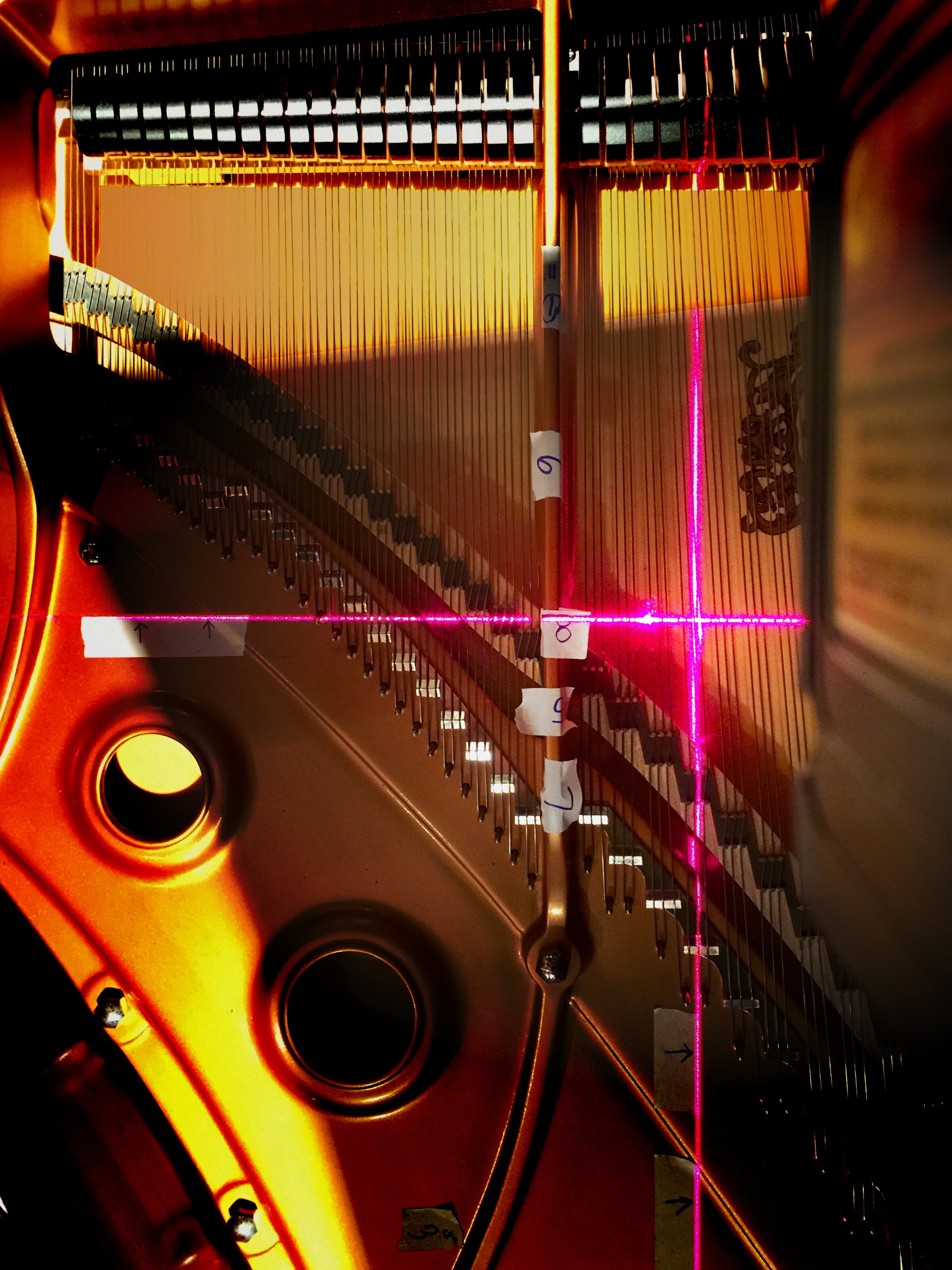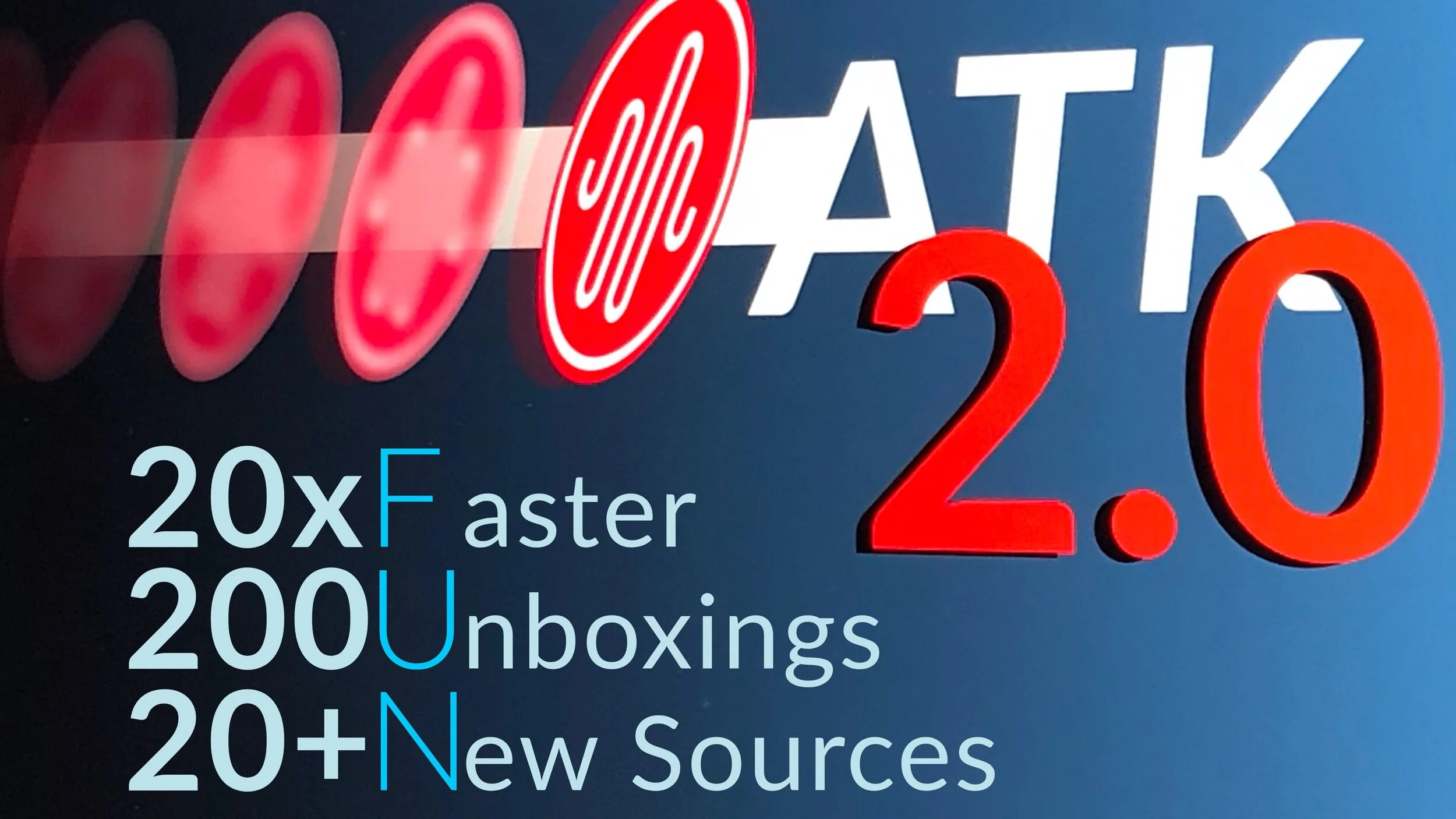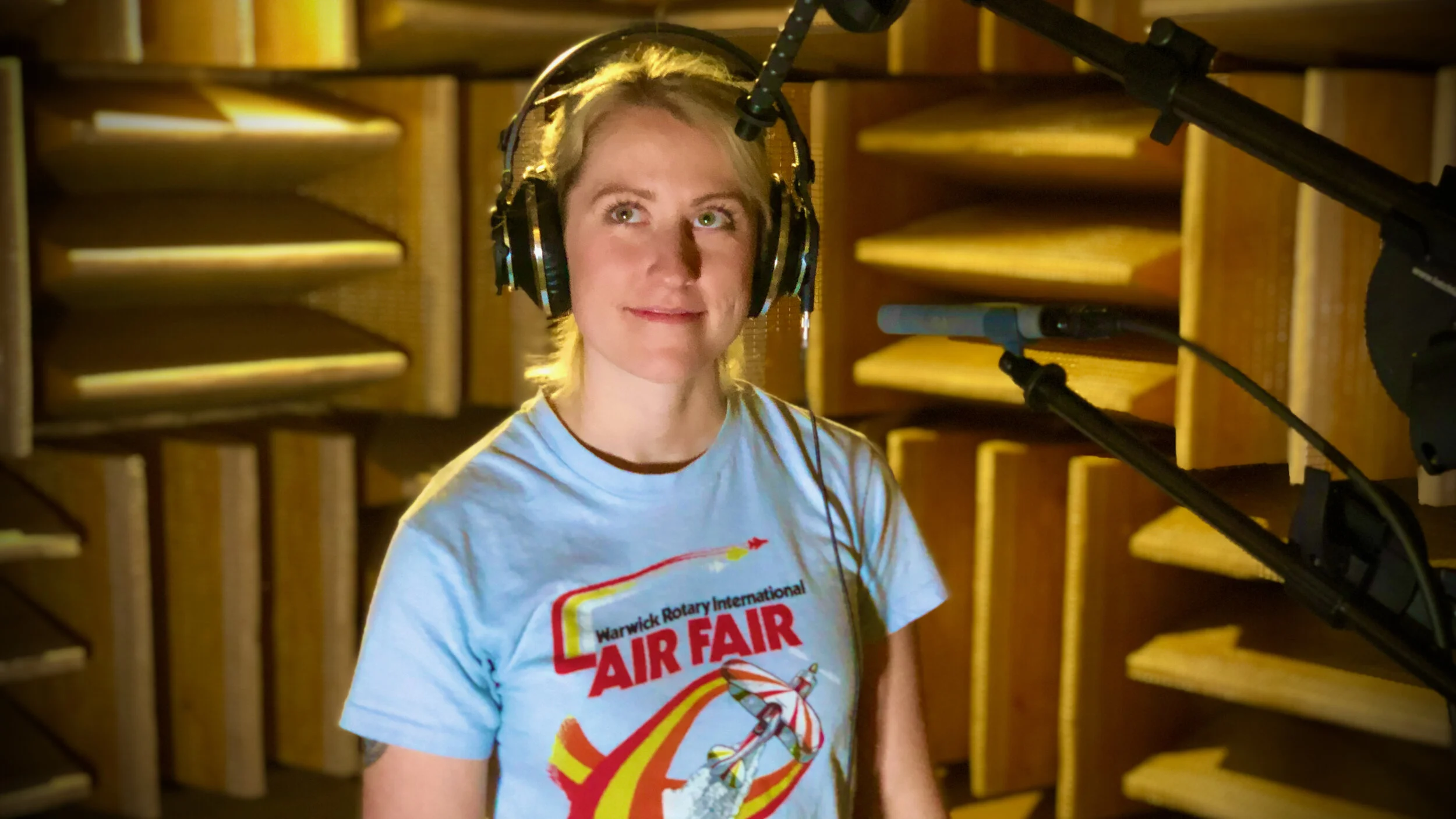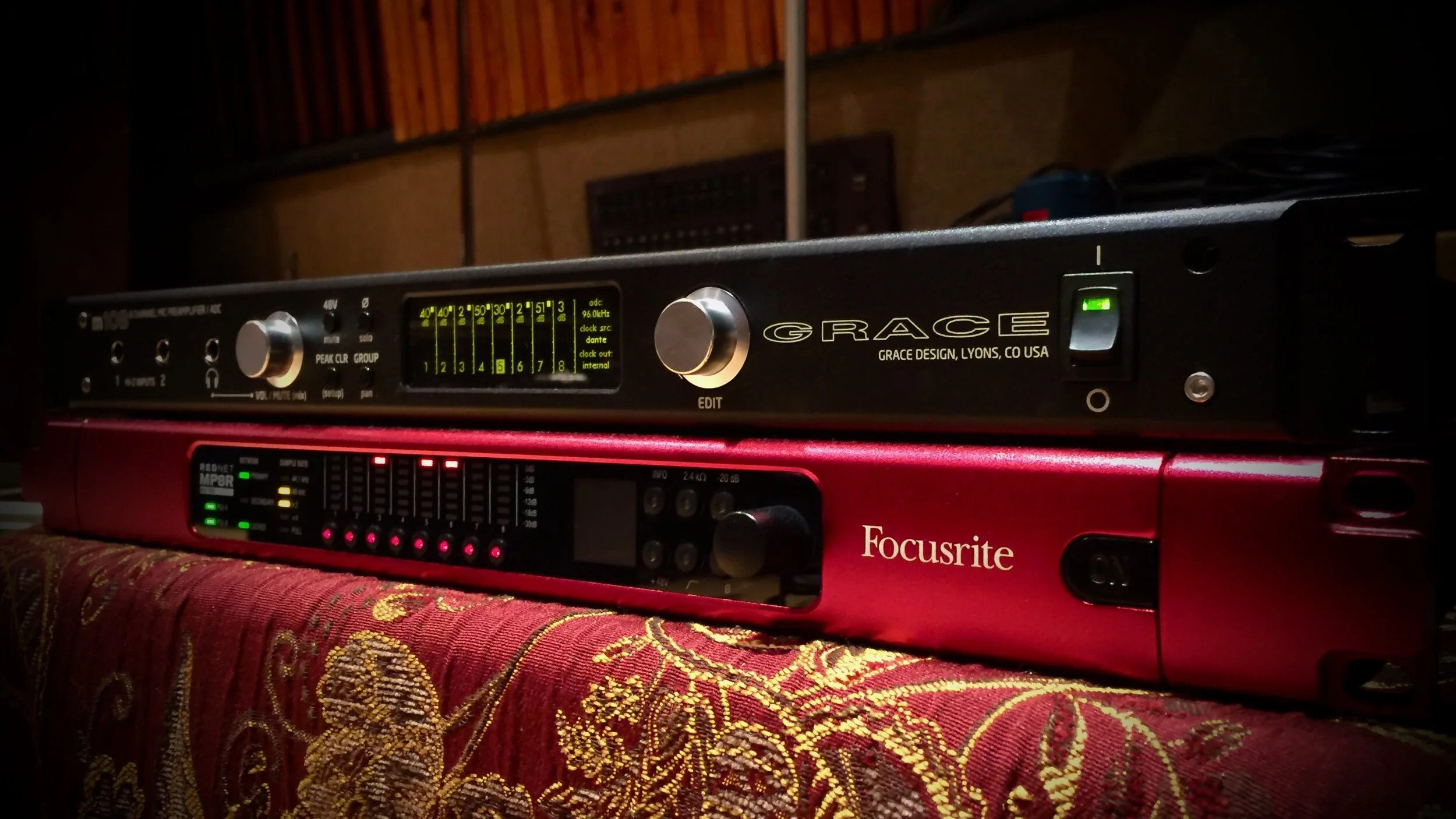How the LEWITT 440 Helped ATK Find a Sweet Spot
EastWest Studio 2, Hollywood, California
To locate and commit to a single position where hundreds of microphones would be placed to record the Yamaha Disklavier self-playing piano for Audio Test Kitchen, we had to start with an impartial, honest, and detailed microphone to guide us.
The grand piano is one of the most daunting instruments to record because the sound is so complex and changes radically depending on where the mic is placed. Move your head around under the lid while someone plays and you’ll hear what I mean. Entirely different resonances and overtones leap out with the slightest position change. And like all instruments, this studio grand piano provided by Yamaha had its own unique sweet spot. There’s no one perfect position to record any instrument – the location we were seeking had unique requirements.
In our case, the sweet spot we were looking for would be a single position to capture the whole piano with one microphone – a single location where all of the 7 feet and 800 lbs of metal, wood, and lacquer would come together. We wanted this location to expose every one of the hundreds of microphones in Audio Test Kitchen to elements that would test their character: low, mid, and high frequencies, attack, sustain, tonality, and off-axis coloration. As if that weren’t a significant enough requirement, this single position needed to also ensure the piano sounded aesthetically pleasing with no EQ on multiple songs on the Audio Test Kitchen website.
So the question became,
What microphone do we use to even begin to search for the piano sweet spot?
The LEWITT LCT 440 Pure
Our experience with the LEWITT LCT 440 Pure on multiple instrument sources prior to recording the Yamaha grand had shown its sound to be exceptionally “see-through,” as if there were less in the way between the instrument and the sound coming through the control room’s ATC SCM25As.
EastWest Studio 2 – Engineer Don Setaro sweeps the LEWITT LCT 440 Pure across the Yamaha Disklavier grand piano to find its sweet spot.
With the 440 clipped to the apex of a large, wheeled boom stand, veteran engineer Don Setaro slowly swept the LEWITT under the open lid while I monitored the microphone’s output on a pair of Audeze LCD-X from an isolation booth. Don scanned the 440 across strings, bridge points, and hammers, from low to high, marking our top 9 favorite positions and revisiting them until we found the ideal mic position.
Now, every piano source on every song you hear on Audio Test Kitchen is influenced by the sweet spot position we were able to originally locate using the LEWITT LCT 440 Pure.
Learn more about LEWITT at https://www.lewitt-audio.com.
Hear what the LCT 440 Pure sounds like on piano and 45 additional cross-comparable sources, along with the entire LEWITT family.
EastWest Studio 2: The 440's big brother, the LEWITT LCT 940 captures one of the identical performances given by the Yamaha Disklavier piano for Audio Test Kitchen.
Why are there so many brands and so many microphones? Each one of us has a unique voice – that’s true with microphones, too. And that’s why we built ATK. We’d like to be your microphone matchmaker ❤️.
LEWITT in a Nutshell
Developed in Austria by former AKG engineers whose goal is to achieve very high price/performance ratio
You may be a match for LEWITT if you want...
Sonic integrity with modern clarity
Minimum discoloration or distortion
Transparency with rising high end
High build quality and reliability
Flexibility in application
To only pay for features you need
But words used to describe LEWITT’s sound might mean something completely different to you. Listen to these microphones and decide for yourself. Yes!








